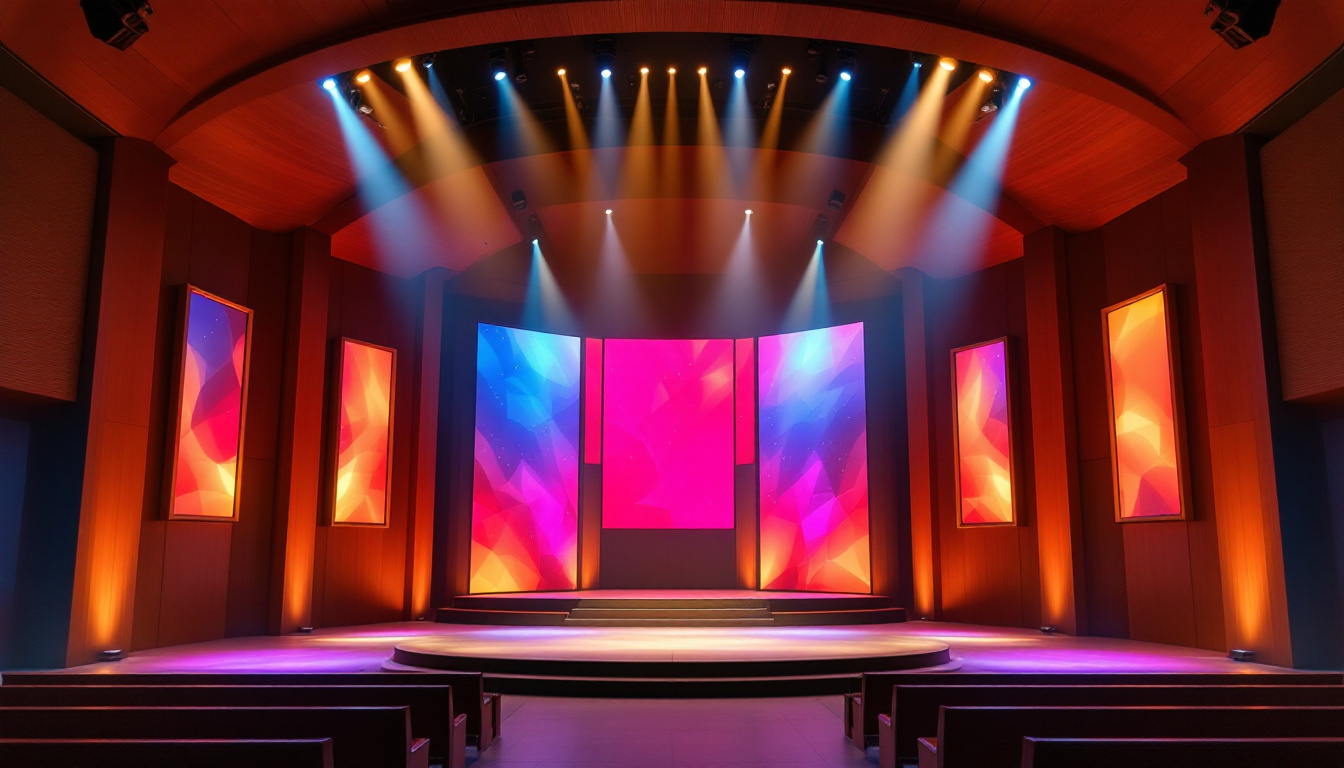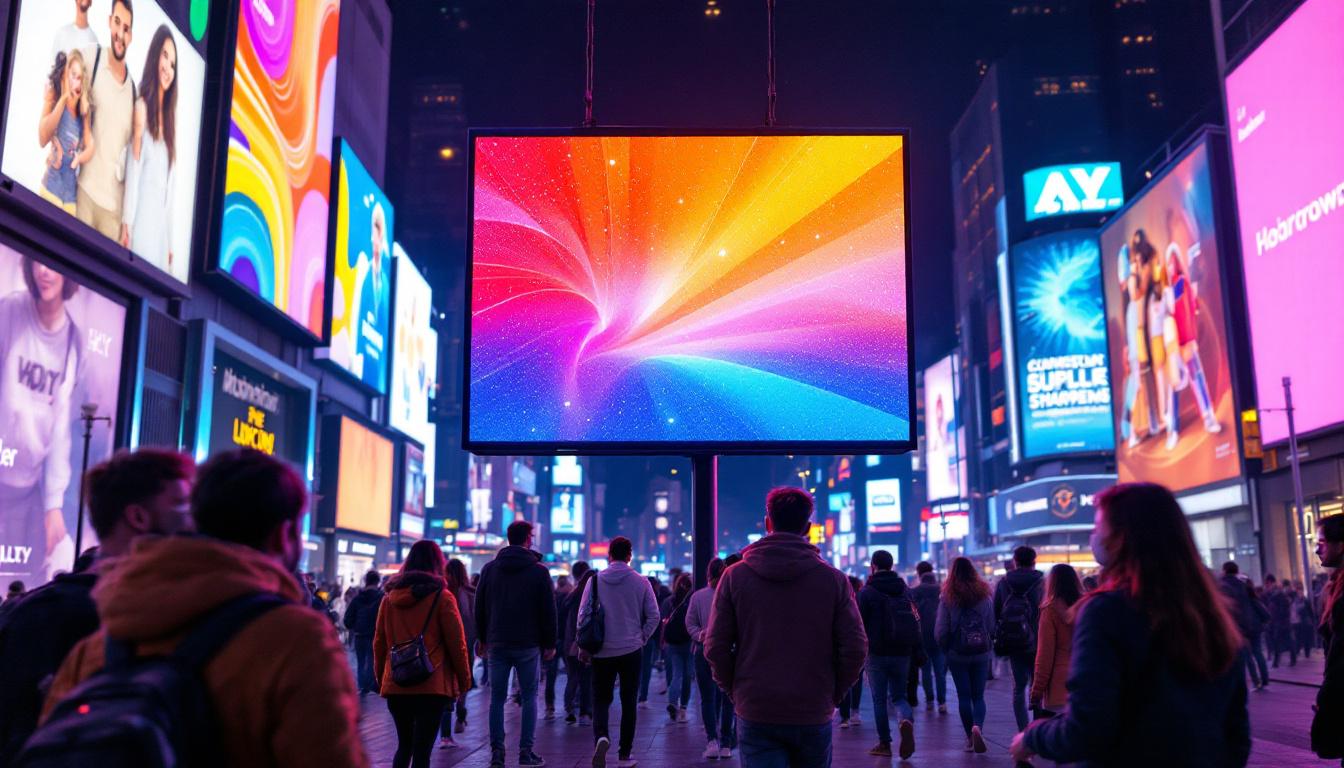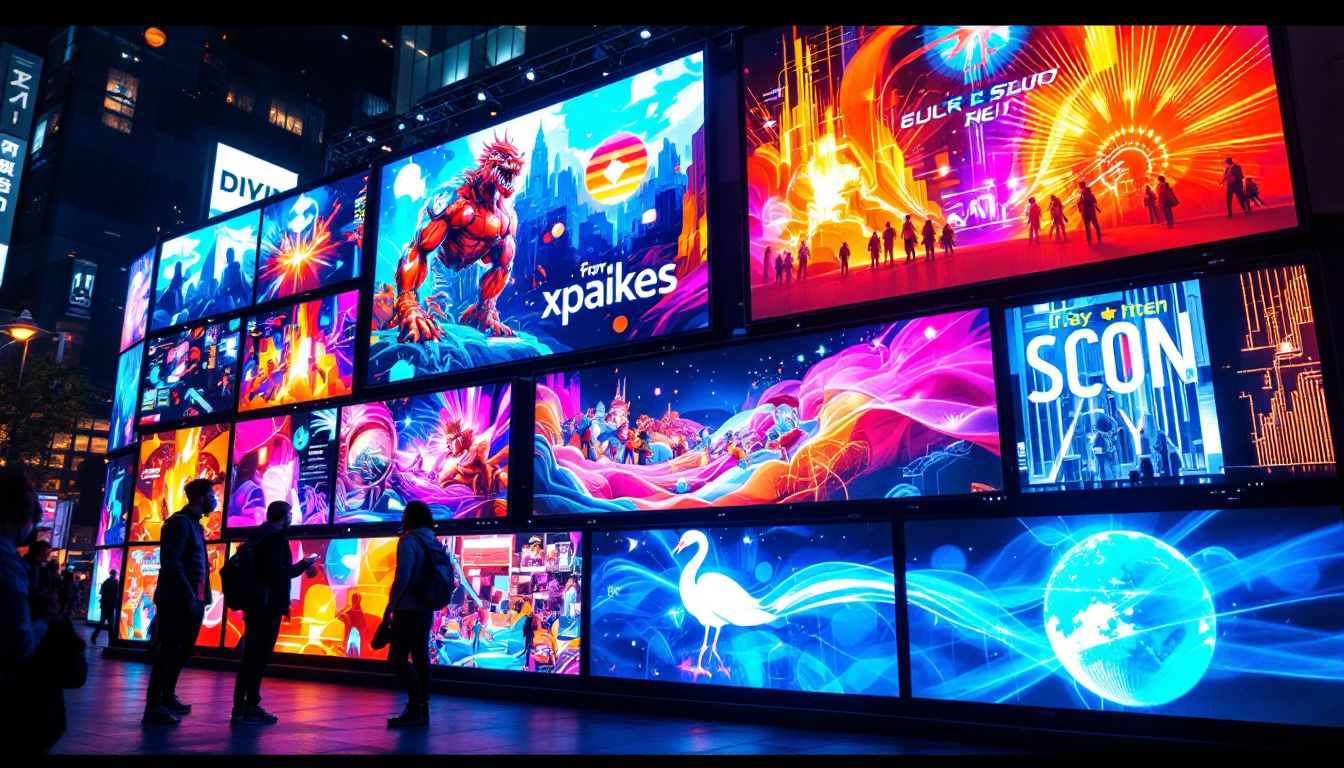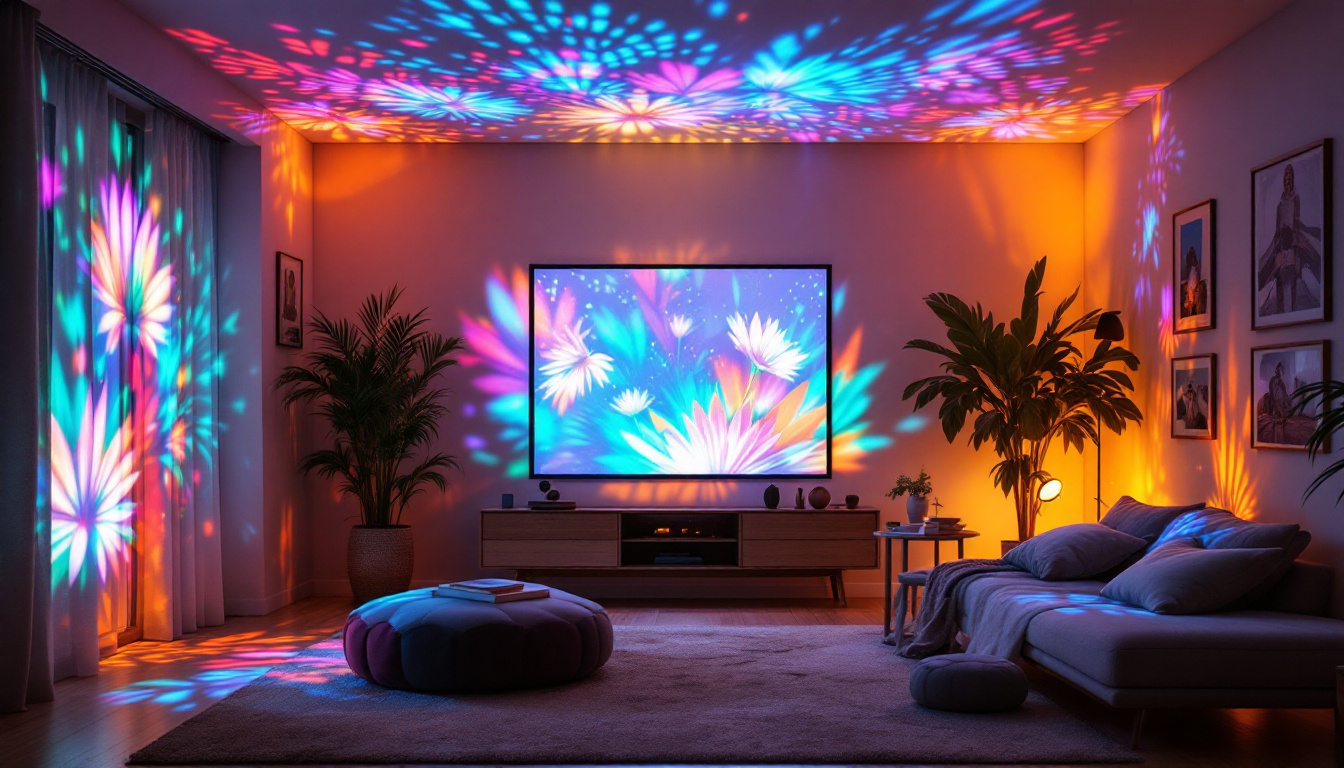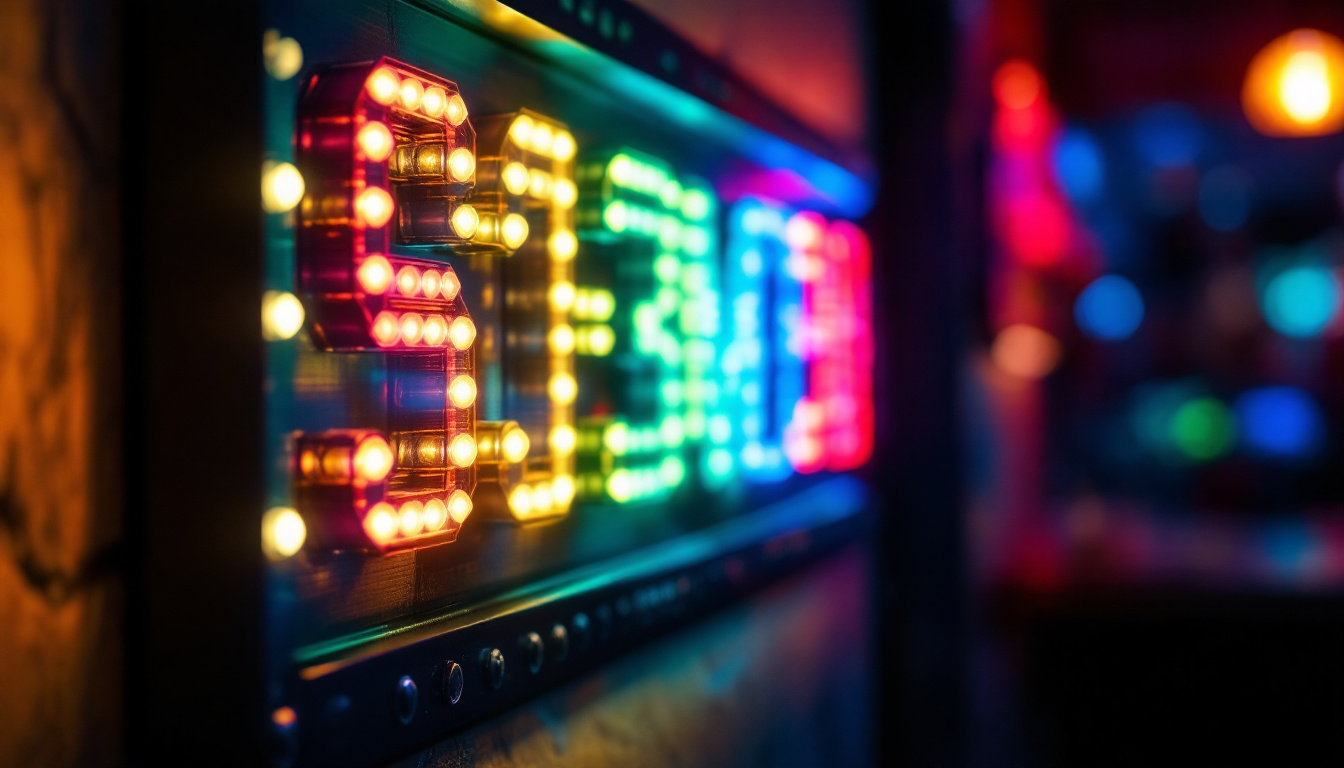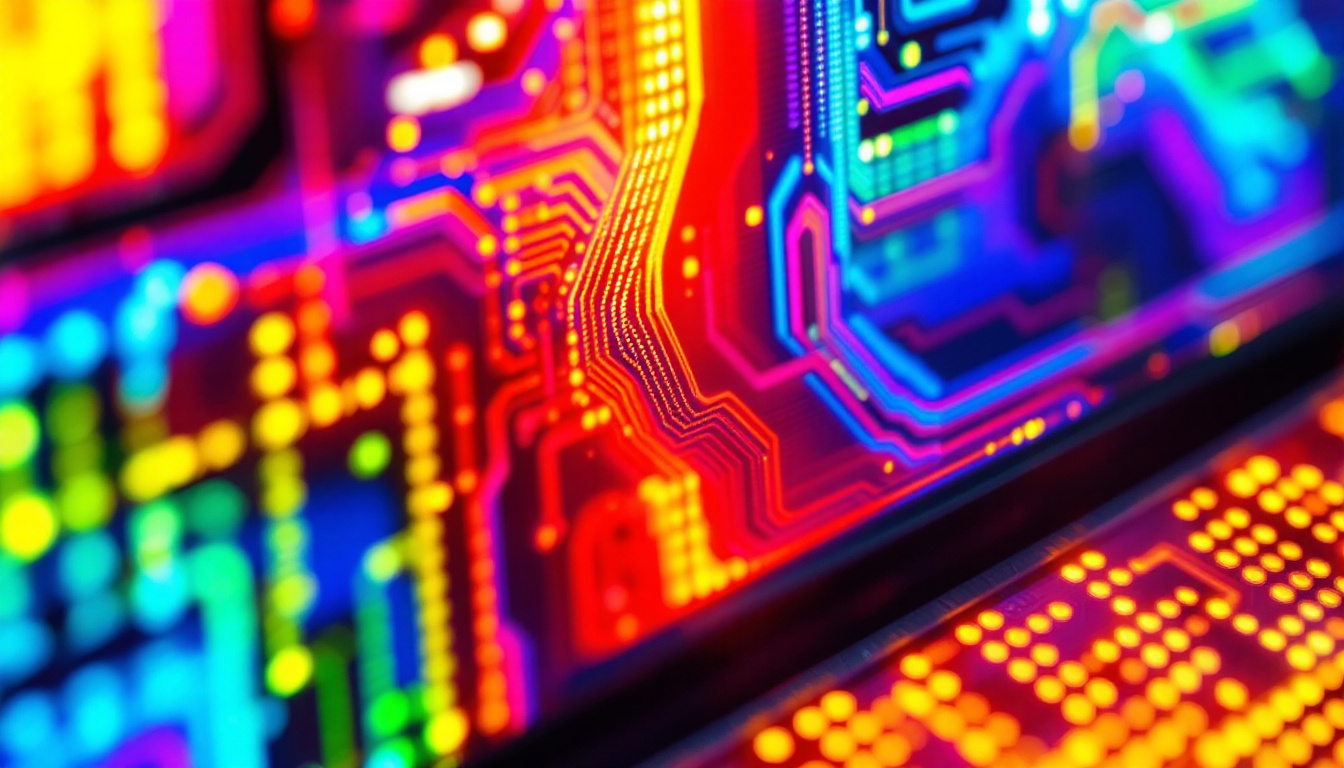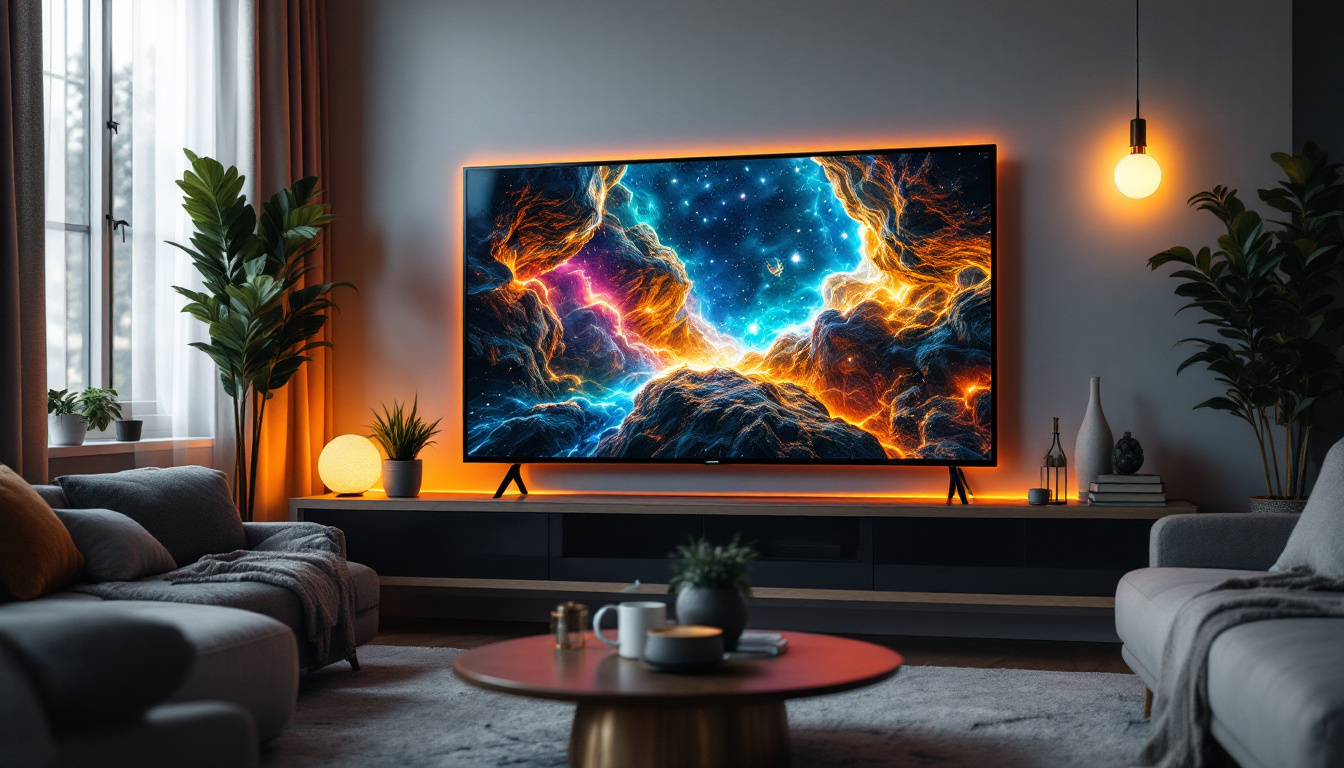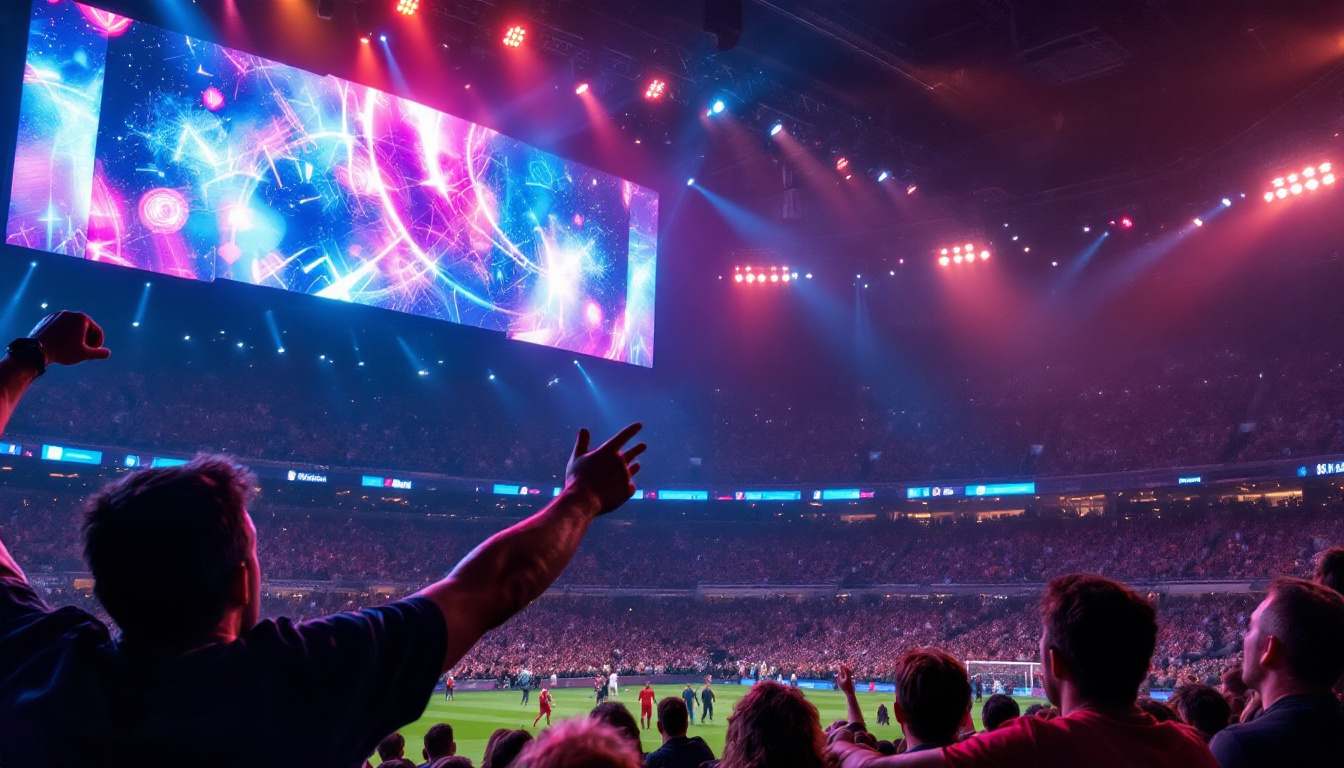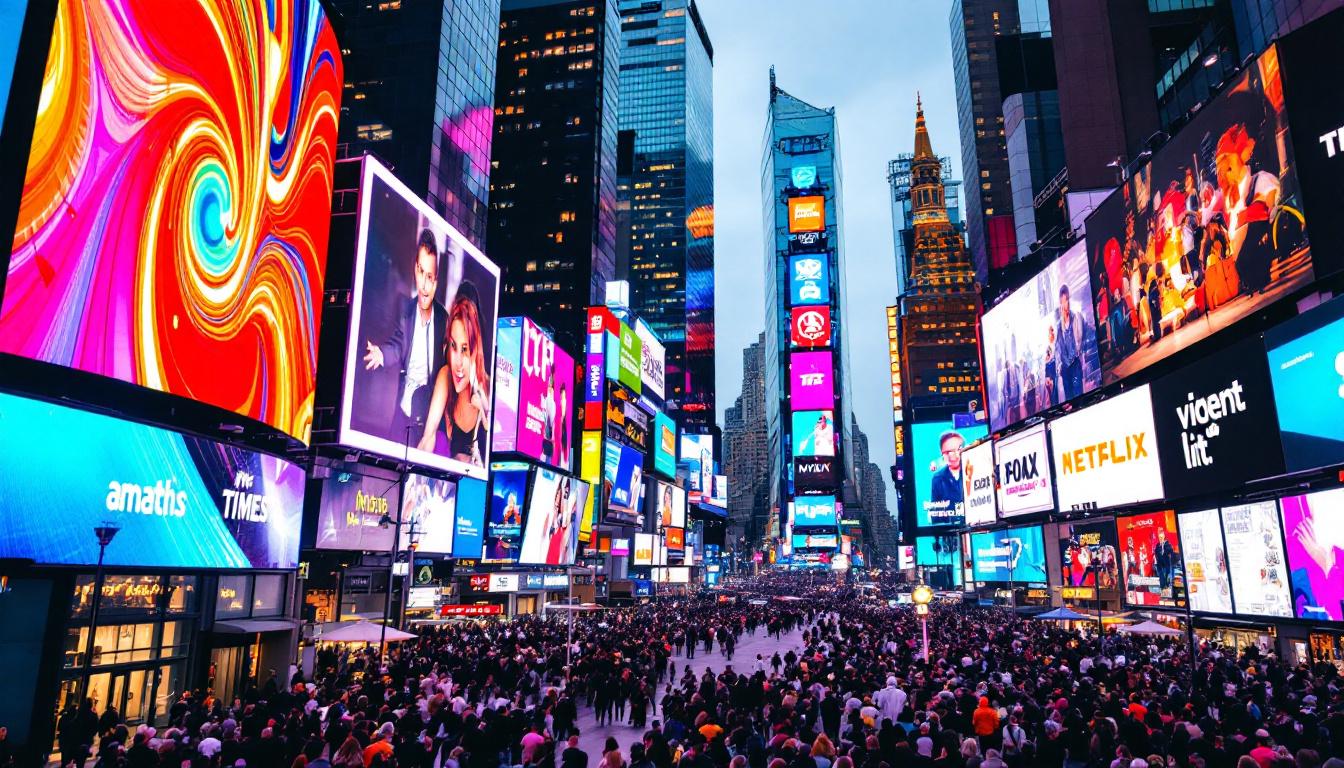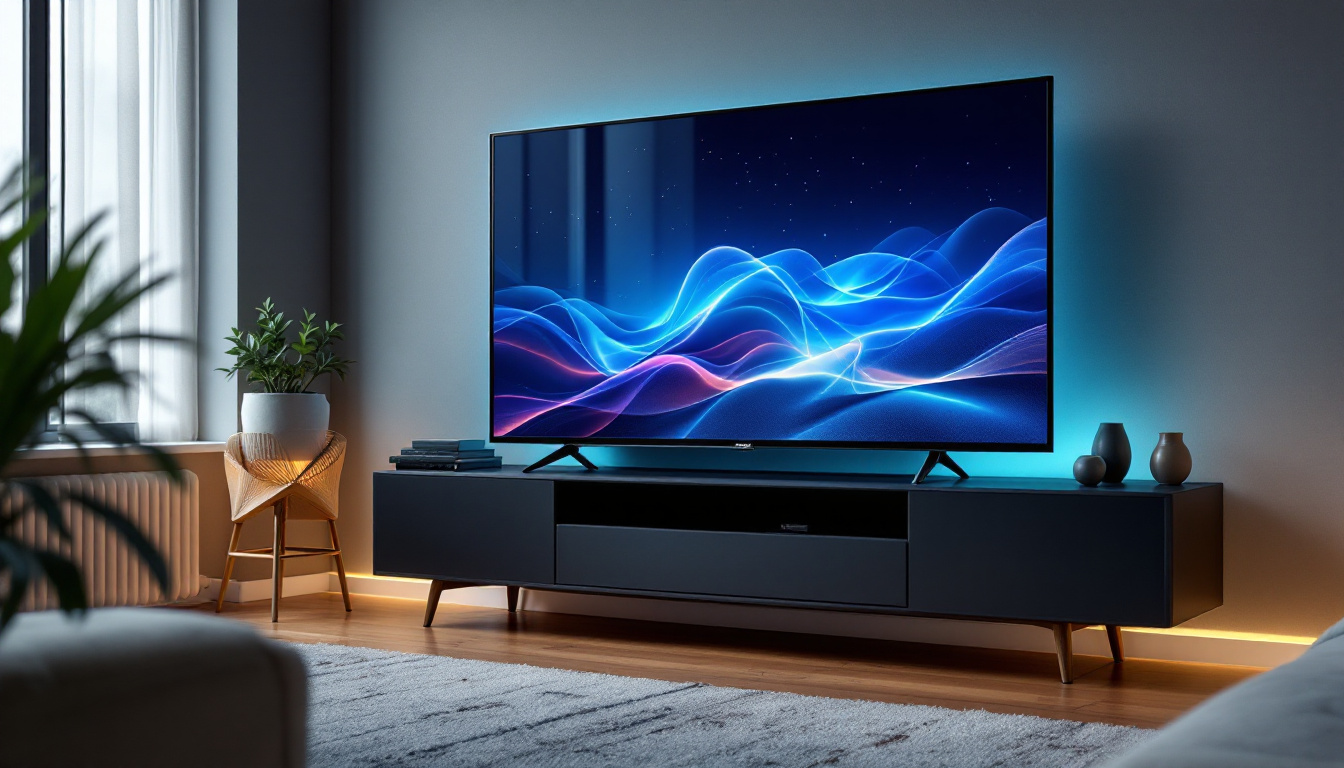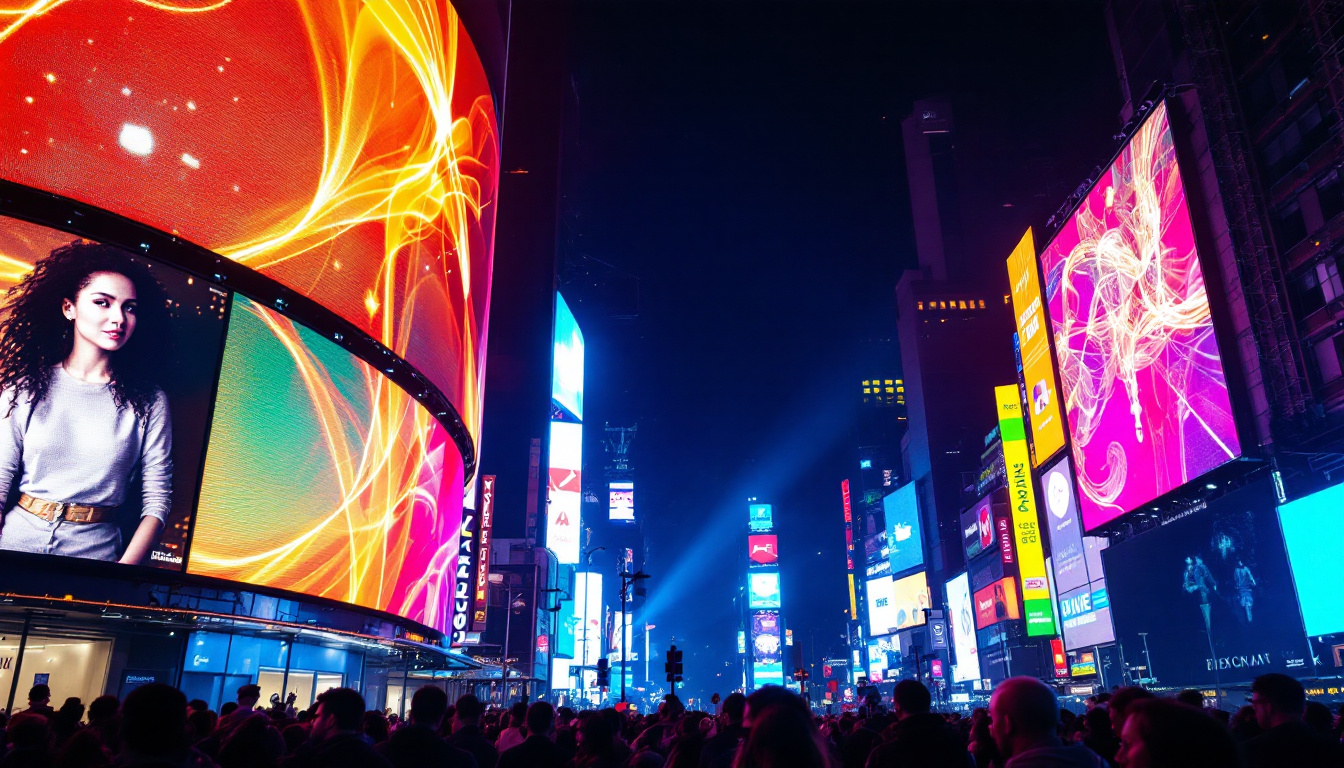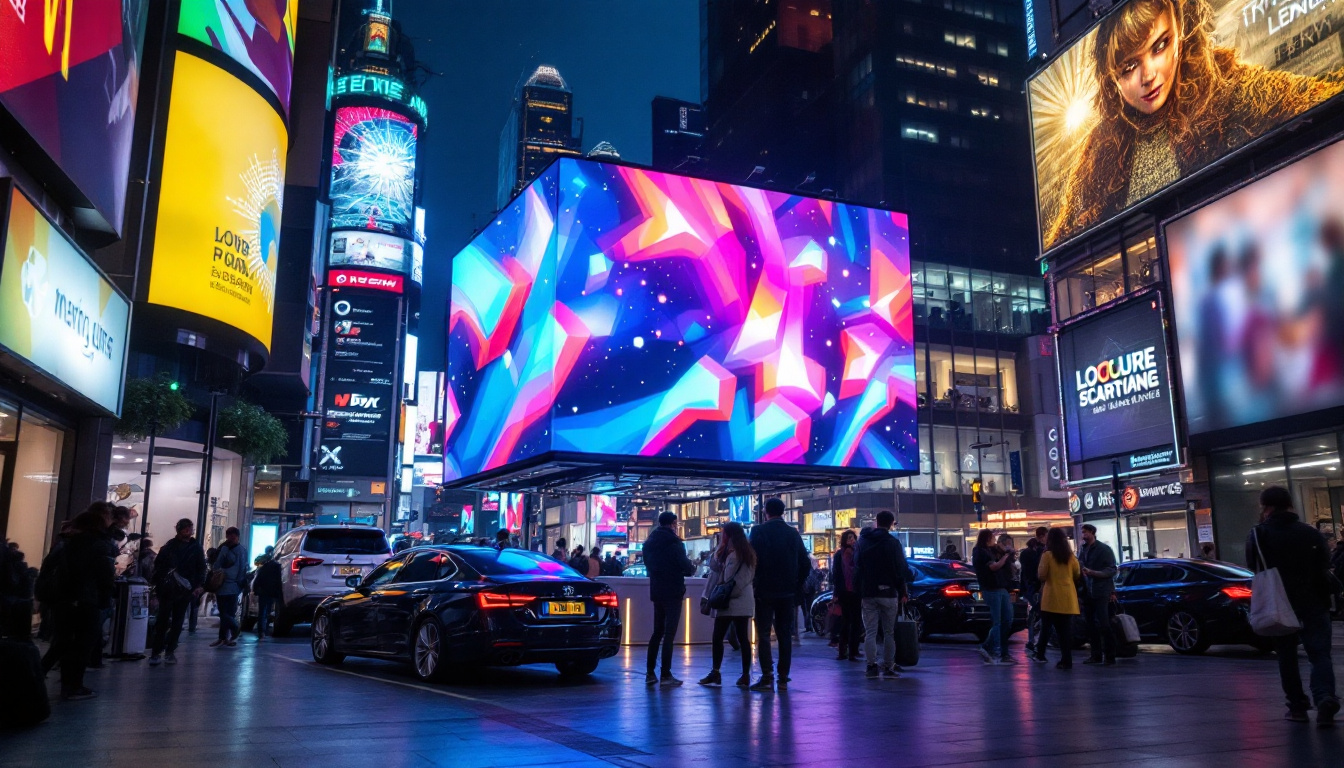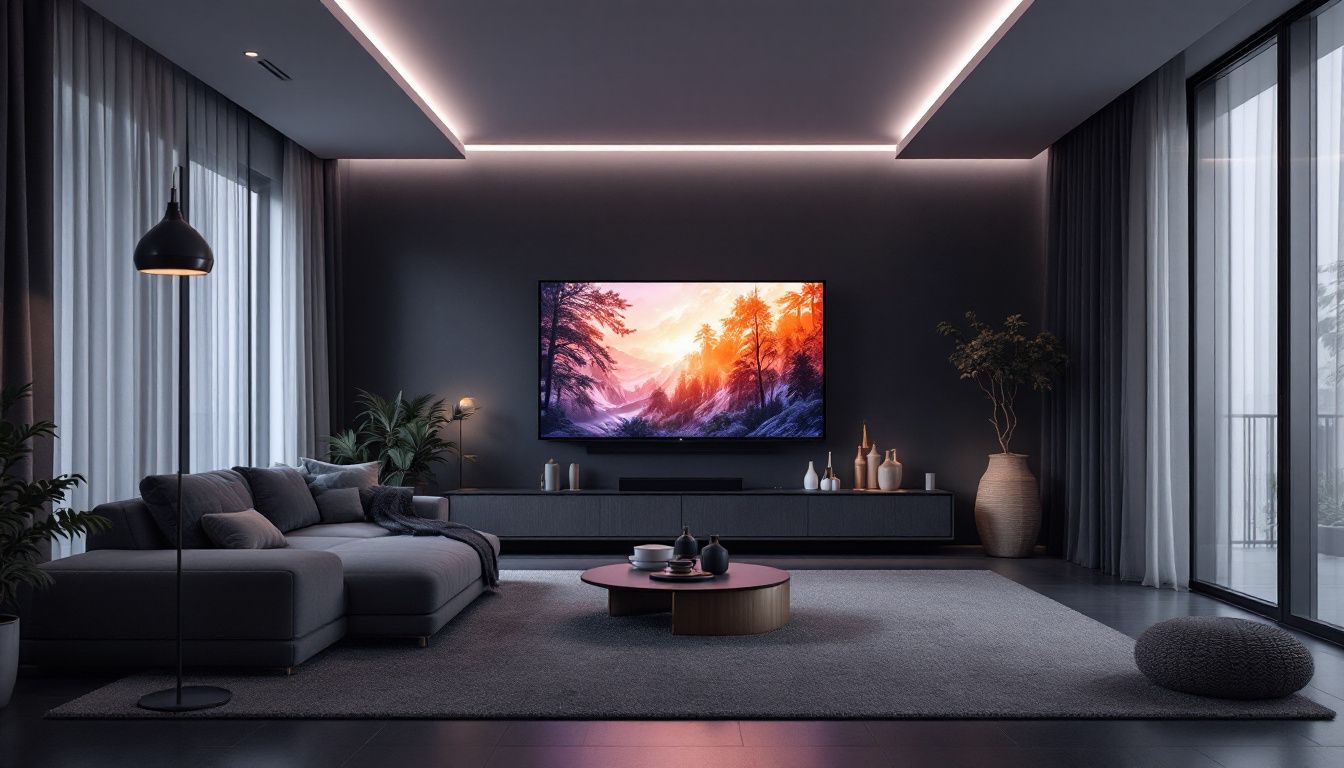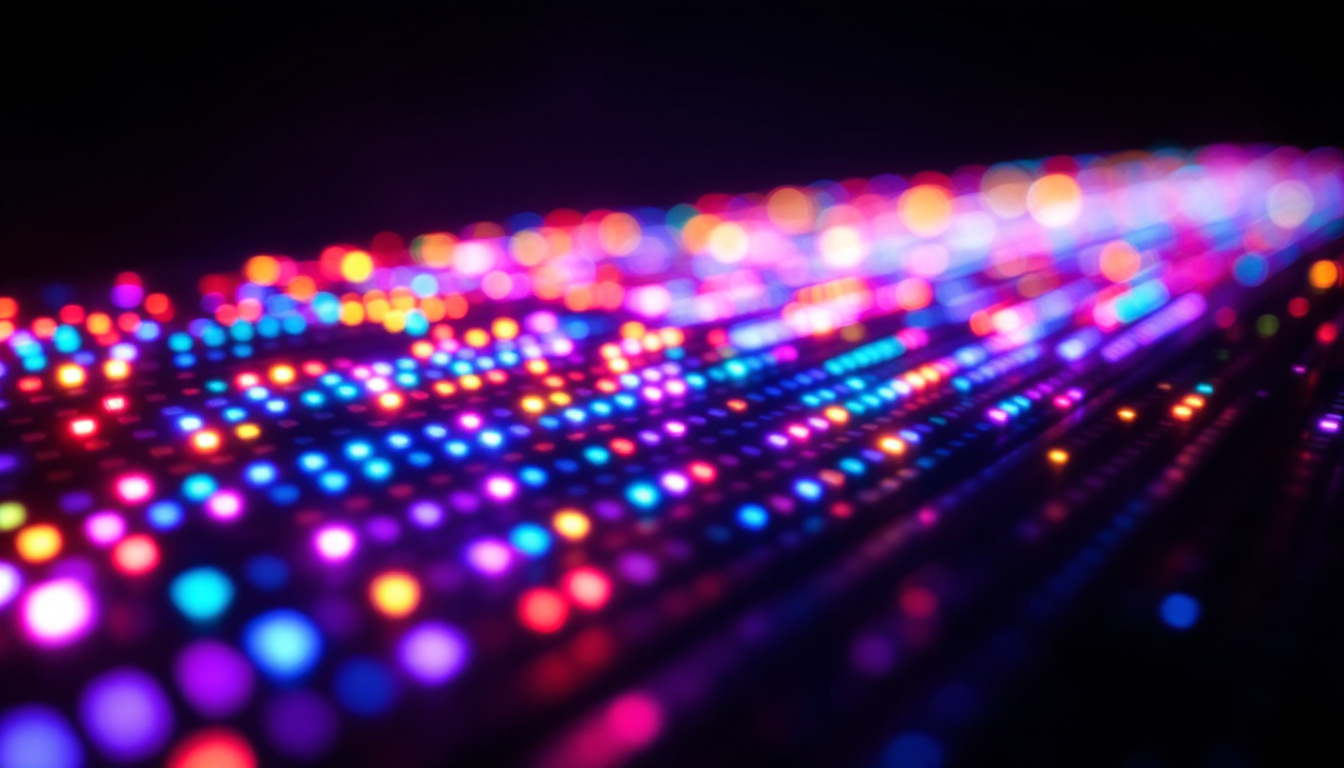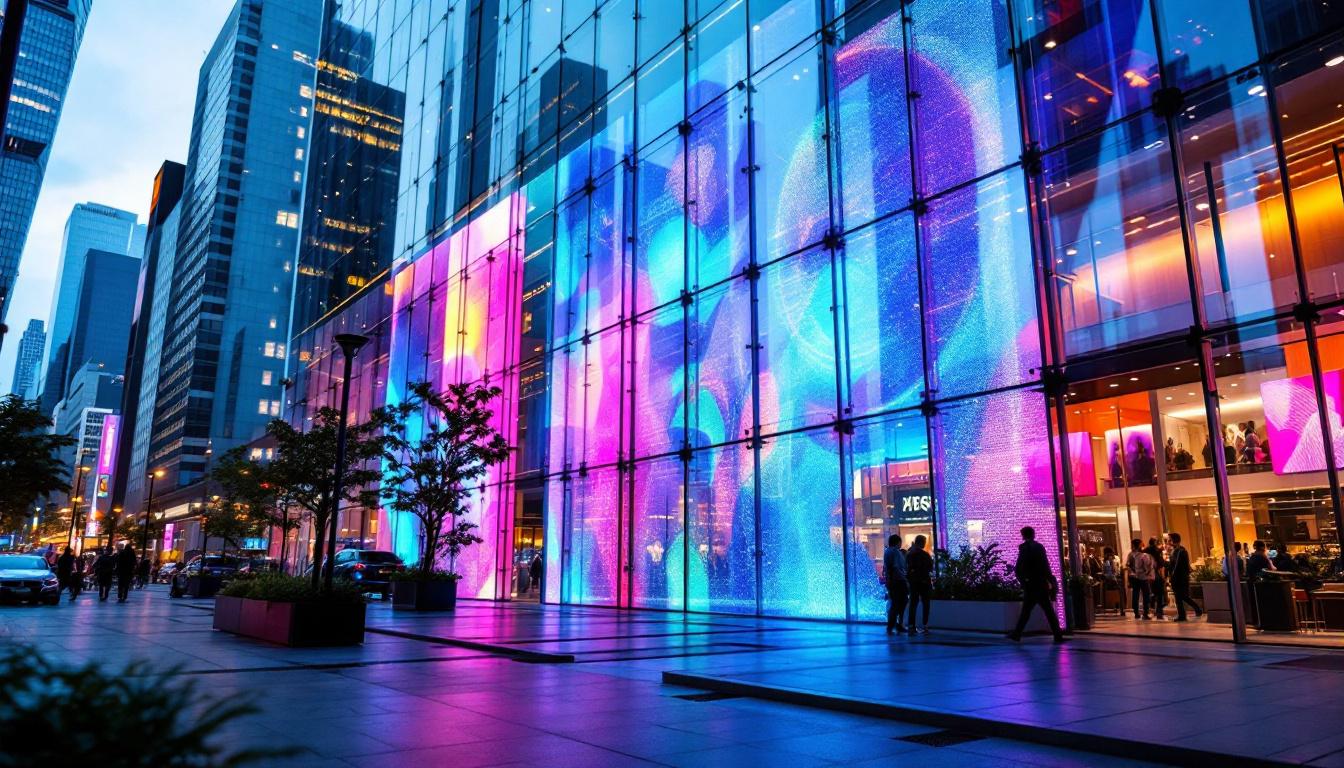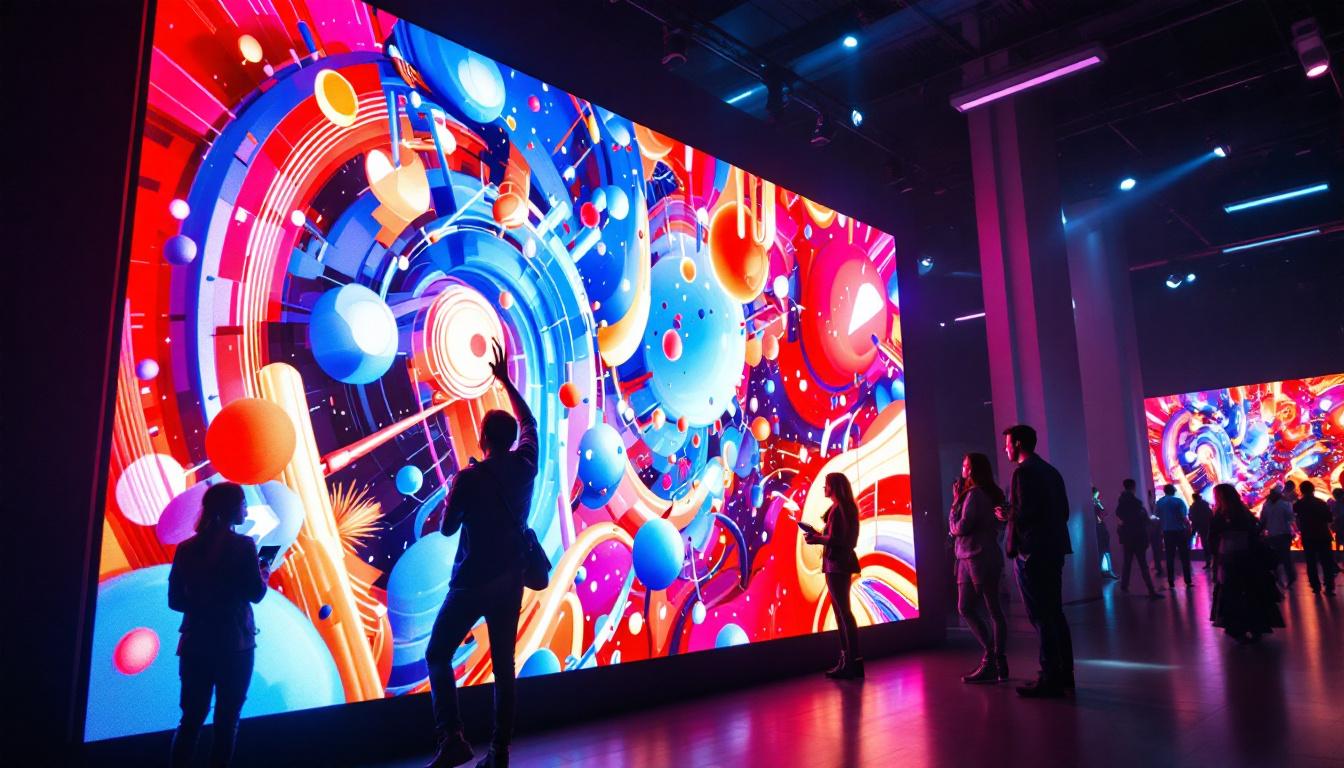In the fast-paced world of air travel, information is crucial. Whether it’s for passengers at an airport or for staff managing logistics, having access to real-time data is essential. One of the key components that facilitate this communication is the flight box, particularly those equipped with LED displays. This article delves into the intricacies of flight boxes and the role LED displays play in enhancing the travel experience.
Understanding Flight Boxes
Flight boxes are electronic devices used primarily in airports to convey important flight information to passengers and staff. They serve as a central hub for displaying data such as flight arrivals, departures, delays, and gate changes. The design and functionality of these boxes have evolved significantly over the years, largely due to advancements in technology.
The Evolution of Flight Information Systems
Historically, flight information was displayed on static boards that required manual updates. This method was not only time-consuming but also prone to errors. With the advent of digital technology, flight boxes transitioned into electronic displays, allowing for real-time updates and improved accuracy.
Today, many airports utilize LED technology in their flight boxes, which offers several advantages over traditional display methods. LED displays are brighter, more energy-efficient, and can present information in various formats, making them ideal for high-traffic environments. Additionally, these displays can be programmed to show multiple languages, catering to the diverse international travelers that frequent airports. This adaptability enhances the passenger experience, ensuring that everyone can access critical flight information regardless of their native language.
Components of a Flight Box
A typical flight box consists of several key components: the LED display, a control system, and a data feed. The LED display is the most visible part, showcasing flight information in a clear and legible manner. The control system manages the content that appears on the display, while the data feed ensures that the information is up-to-date and accurate, often sourced from air traffic control systems and airline databases.
Moreover, modern flight boxes are often integrated with advanced software systems that allow for predictive analytics. This means that they can not only display current flight statuses but also anticipate potential delays based on historical data and real-time conditions. For instance, if a flight is consistently delayed due to weather patterns at its destination, the system can proactively inform passengers of this likelihood, allowing them to adjust their travel plans accordingly. Furthermore, some airports are exploring the use of artificial intelligence to enhance the functionality of flight boxes, enabling them to learn from passenger behavior and optimize the information displayed based on peak travel times and common queries.
Benefits of LED Displays in Flight Boxes
LED displays have revolutionized the way flight information is communicated at airports. Their benefits extend beyond mere aesthetics, impacting functionality, efficiency, and user experience.
Enhanced Visibility and Readability
One of the primary advantages of LED displays is their superior visibility. The bright, vibrant colors of LED screens ensure that information is easily readable from a distance, even in brightly lit environments. This is particularly important in busy airports where passengers may be rushing to catch their flights.
Moreover, LED displays can be viewed from various angles, making them accessible to a larger audience. This feature is crucial in ensuring that all passengers, regardless of their position in the terminal, can easily access important flight information. The high contrast and clarity of LED technology also reduce eye strain, allowing travelers to quickly absorb critical updates without difficulty.
In addition to their visual advantages, LED displays can incorporate dynamic content such as animations or graphics, which can further capture the attention of passengers. This capability can be leveraged to highlight important announcements, such as gate changes or boarding times, ensuring that the most crucial information stands out amidst the hustle and bustle of the airport environment.
Real-Time Updates and Flexibility
Another significant benefit of LED displays is their ability to provide real-time updates. Flight information can change rapidly due to various factors such as weather conditions, technical issues, or operational changes. LED displays can be updated instantaneously, ensuring that passengers receive the most current information.
This flexibility is not only beneficial for passengers but also for airport staff who rely on accurate data to manage operations efficiently. The ability to quickly change information on the display helps minimize confusion and enhances overall airport efficiency. Furthermore, the integration of LED displays with airport management systems allows for automated updates, reducing the likelihood of human error and ensuring that the information displayed is always accurate and timely.
Additionally, LED displays can be programmed to display multiple languages, catering to the diverse population of travelers that pass through airports. This multilingual capability ensures that non-native speakers can also access vital flight information, enhancing the overall passenger experience and fostering a more inclusive environment.
Energy Efficiency and Longevity
LED technology is known for its energy efficiency, consuming significantly less power compared to traditional display technologies. This not only leads to cost savings for airports but also contributes to sustainability efforts, as reducing energy consumption aligns with global environmental goals.
Additionally, LED displays have a longer lifespan, which means less frequent replacements and maintenance. This durability translates to lower long-term costs for airport operators, making LED displays a wise investment. The reduced need for replacement parts also means less waste, aligning with eco-friendly practices that many airports are now striving to adopt.
Moreover, the low heat emission of LED technology minimizes the need for extensive cooling systems, further enhancing energy savings. Airports can utilize this advantage to create a more comfortable environment for passengers and staff alike, as the overall temperature regulation becomes more efficient. This holistic approach to energy management not only benefits the airport’s bottom line but also contributes to a greener future for the aviation industry.
Applications of Flight Boxes with LED Displays
Flight boxes equipped with LED displays are utilized in various contexts within the aviation industry. Their versatility allows for a wide range of applications, enhancing the travel experience for passengers and improving operational efficiency for airports.
Passenger Information Systems
One of the most common applications of flight boxes is in passenger information systems. These displays provide essential information such as flight status, boarding times, and gate assignments. By presenting this information clearly and concisely, airports can help reduce passenger anxiety and streamline the boarding process.
Furthermore, many airports now incorporate multilingual capabilities into their LED displays, catering to international travelers and ensuring that language barriers do not hinder access to critical information.
Operational Displays for Airport Staff
In addition to serving passengers, flight boxes also play a crucial role in operational displays for airport staff. These displays can show real-time data regarding aircraft movements, baggage handling, and other logistical information that is vital for airport operations.
By providing staff with up-to-date information, airports can enhance coordination and communication among various departments, leading to a more efficient operation overall.
Advertising and Revenue Generation
LED displays in flight boxes can also be utilized for advertising purposes. Airports can generate additional revenue by displaying advertisements from airlines, retail stores, and other businesses. This dual functionality not only maximizes the use of space but also provides travelers with relevant offers and promotions while they wait for their flights.
Moreover, the dynamic nature of LED displays allows for rotating advertisements, ensuring that different messages can be showcased throughout the day, reaching a wider audience.
Challenges and Considerations
While the benefits of LED displays in flight boxes are significant, there are also challenges and considerations that airports must address. Understanding these factors is essential for maximizing the effectiveness of flight information systems.
Initial Investment and Maintenance Costs
The initial investment in LED technology can be substantial. Airports must consider the costs associated with purchasing and installing LED displays, as well as the ongoing maintenance required to keep them functioning optimally. While LED displays are known for their durability, they still require regular maintenance to ensure longevity and performance.
Budgeting for these costs is crucial, as airports must balance the need for modern technology with financial constraints. However, it is important to view this investment as a long-term strategy that can yield significant returns in terms of efficiency and passenger satisfaction.
Technological Integration
Integrating LED displays with existing systems can pose challenges. Airports often operate with a variety of legacy systems, and ensuring compatibility with new technology is essential for seamless operation. This may require additional investment in software and infrastructure to facilitate integration.
Collaboration with technology providers and thorough planning can help mitigate these challenges, ensuring that airports can fully leverage the capabilities of LED displays in their flight boxes.
The Future of Flight Boxes and LED Displays
As technology continues to advance, the future of flight boxes and LED displays looks promising. Innovations in display technology, data analytics, and user interface design are set to transform the way flight information is communicated in airports.
Smart Technology Integration
One of the most exciting developments on the horizon is the integration of smart technology into flight boxes. This could include features such as facial recognition for personalized passenger information or AI-driven analytics to predict flight delays and optimize display content.
Such advancements would not only enhance the user experience but also improve operational efficiency by providing airports with valuable insights into passenger behavior and preferences.
Enhanced User Experience
Future flight boxes may also focus on enhancing the user experience further. This could involve more interactive displays that allow passengers to access information through touchscreens or mobile applications. By providing a more engaging experience, airports can foster a sense of connection and improve overall satisfaction.
Additionally, incorporating augmented reality (AR) features could revolutionize how passengers interact with flight information, offering a more immersive way to navigate the airport environment.
Conclusion
Flight boxes equipped with LED displays play a pivotal role in the modern aviation landscape. They enhance communication, improve operational efficiency, and contribute to a better travel experience for passengers. While challenges exist, the benefits of adopting LED technology are undeniable.
As airports continue to evolve and embrace new technologies, the future of flight boxes promises to be even more dynamic and engaging. By investing in LED displays and exploring innovative applications, airports can ensure they remain at the forefront of the aviation industry, meeting the needs of travelers and staff alike.
Discover the Future of Flight Information with LumenMatrix
Ready to elevate your airport’s passenger experience and operational efficiency with cutting-edge LED display technology? LumenMatrix is at the forefront of creating immersive visual solutions that transform the way travelers interact with flight information. From Indoor and Outdoor LED Wall Displays to Custom and All-in-One LED solutions, our displays are designed to captivate, engage, and inform. Embrace the future of visual communication with LumenMatrix and ensure your airport stands out. Check out LumenMatrix LED Display Solutions today and take the first step towards a more dynamic and efficient travel environment.



